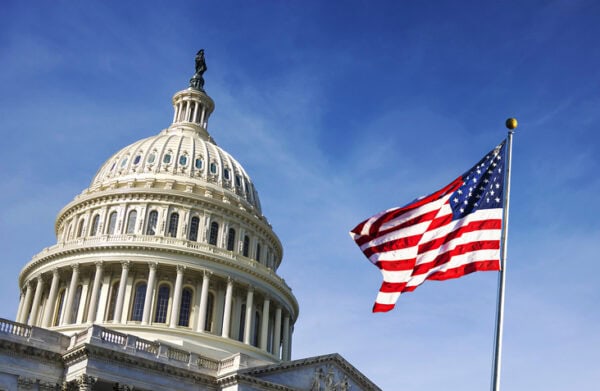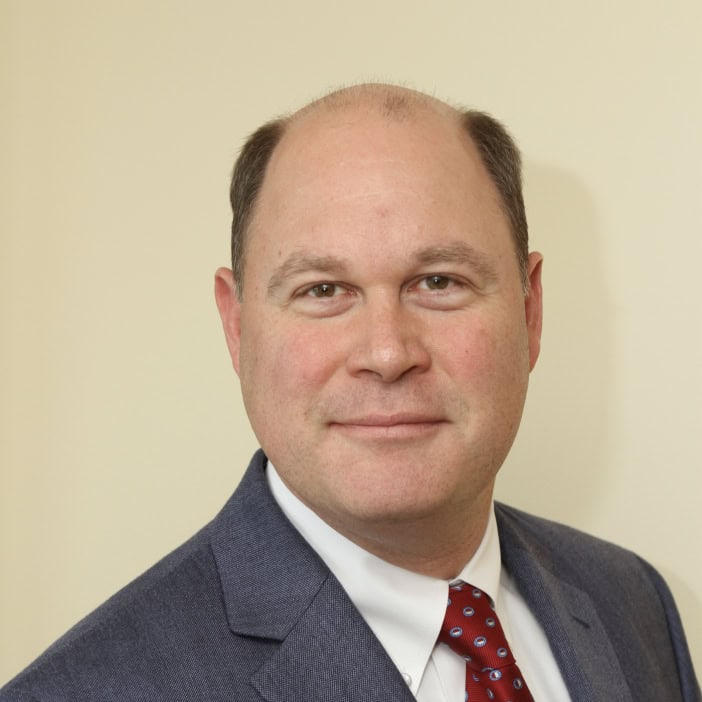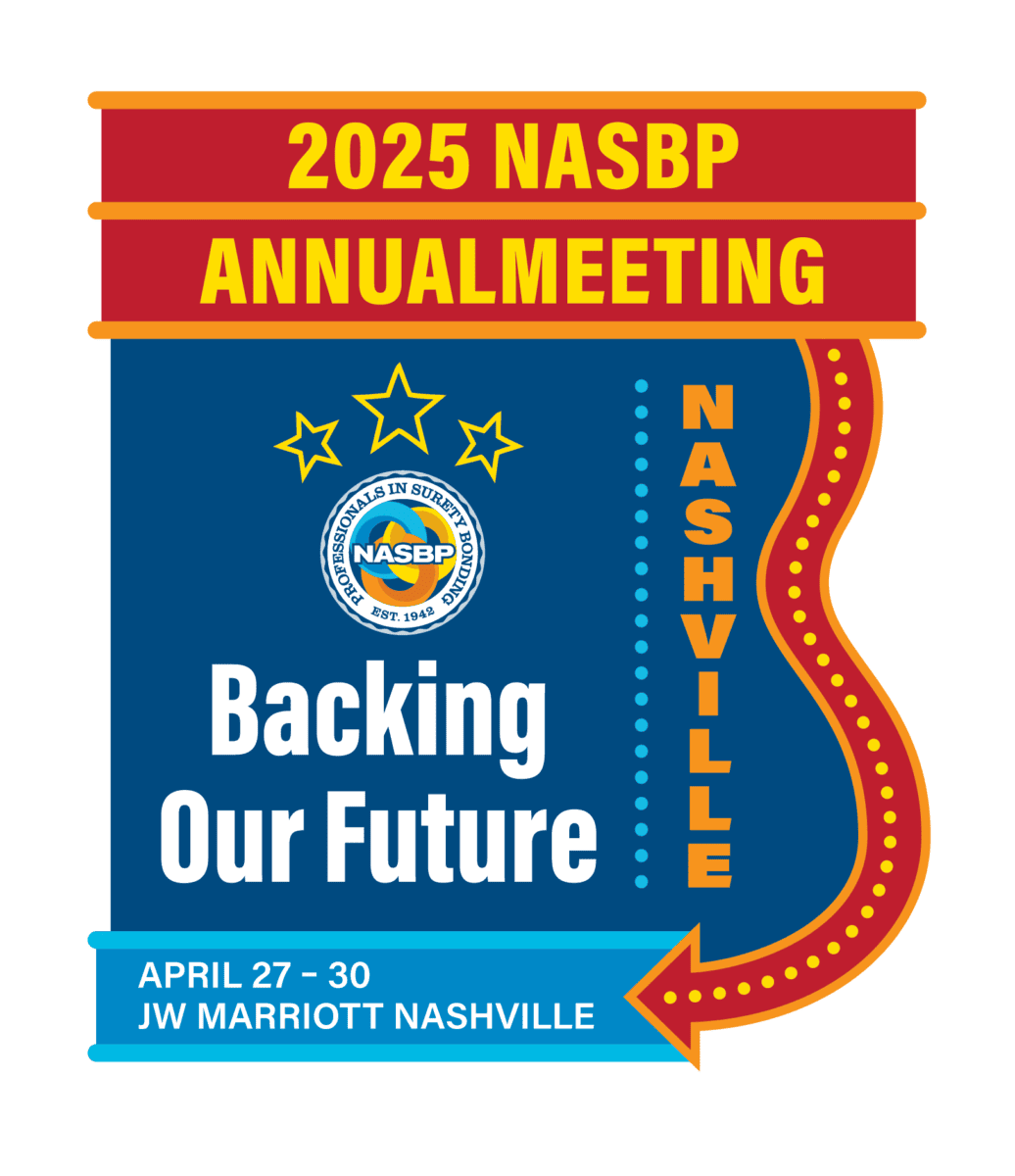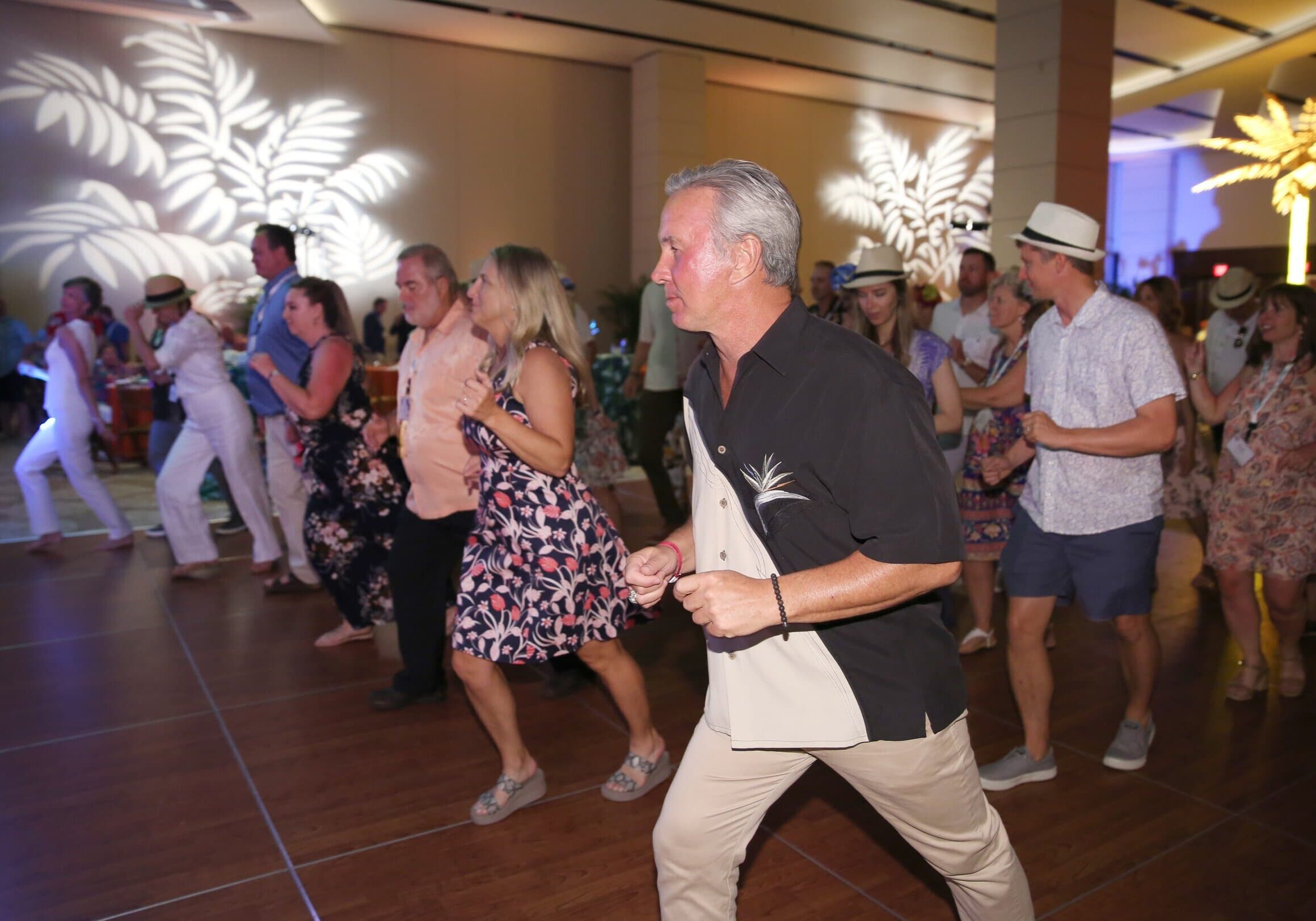
In normal times, the day after Labor Day traditionally starts the beginning of the school year, which also includes fall sports such as high school, college, and professional football, and every four years, the race to capture the White House. This year, however, because of COVID-19, most of our familiar fall traditions look vastly different. Schools remain closed in a large part of the country, requiring students and their parents to further adapt to distance-learning; high school and college football games have been cancelled (for now, the pros are still scheduled to play); and the Democratic and Republican National Conventions have been forced to revise their programs and will forgo the pomp and circumstance that we have all grown accustomed to seeing.
The Democratic Convention, which was held August 17-20, consisted of one large Zoom call, allowing speakers to present virtually, while delegates cast their nominating votes remotely. The Democratic nominee, former Vice President Joe Biden, and his vice presidential running mate, California Senator Kamala Harris, accepted their party’s nomination. As you may recall, Senator Harris, the former state’s attorney general ran for her party’s presidential nomination but dropped out earlier this year. The Republican Convention, currently taking place from August 24-27, in Charlotte, NC, is what party officials are describing as a “business-only” convention. An estimated 336 Republican delegates preside, along with a few other party officials, to formally nominate President Trump for a second term. The President is expected to accept his party’s nomination on August 27 and give his acceptance speech at an undetermined location.
Meanwhile, Congressional races are gearing up in full force. In the U.S. Senate, Republicans currently hold a six-seat majority (53-45, with 2 Independents who caucus with the Democrats), but the GOP will be challenged to maintain its majority in November. In November, 22 Republicans are up for re-election, compared to the Democrats who need to defend only 12 seats. Of the top 14 Senate races most likely to change parties, Democrats are polling ahead, even, or slightly behind in 12 of those races, while Republicans are ahead or somewhat trailing in two senate seats currently held by Democrats. In the House, Democrats have 232 seats compared with the Republicans who have 198 members. Of the 435 house seats up for re-election in the fall, Democrats must defend 12 open seats, while Republicans need to defend 31 vacancies. Six of those Republican vacancies were held by key Texas legislators including: former Agriculture Committee Chair, Michael Conaway; former Armed Services Committee Chair, Mac Thornberry; and Pete Olson, who was elected to six terms and served on the House Energy & Commerce Committee, which was established to regulate interstate and foreign commerce.
As customary, prior to the November 3 General Election, NASBP will survey its SuretyPAC contributors for their input concerning what congressional candidate(s) should be considered to receive a SuretyPAC contribution. SuretyPAC contributions will be reviewed by the NASBP SuretyPAC Board and will be dispersed based upon previous support of surety issues and polling data, if available. Please feel free to contact Larry LeClair, lleclair@nasbp.org, should you have any questions regarding this matter.
NASBP will keep you apprised of other legislative developments through the Focal Point.
Get Important Surety Industry News & Info
Keep up with the latest industry news and NASBP programs, events, and activities by subscribing to NASBP Smartbrief.




